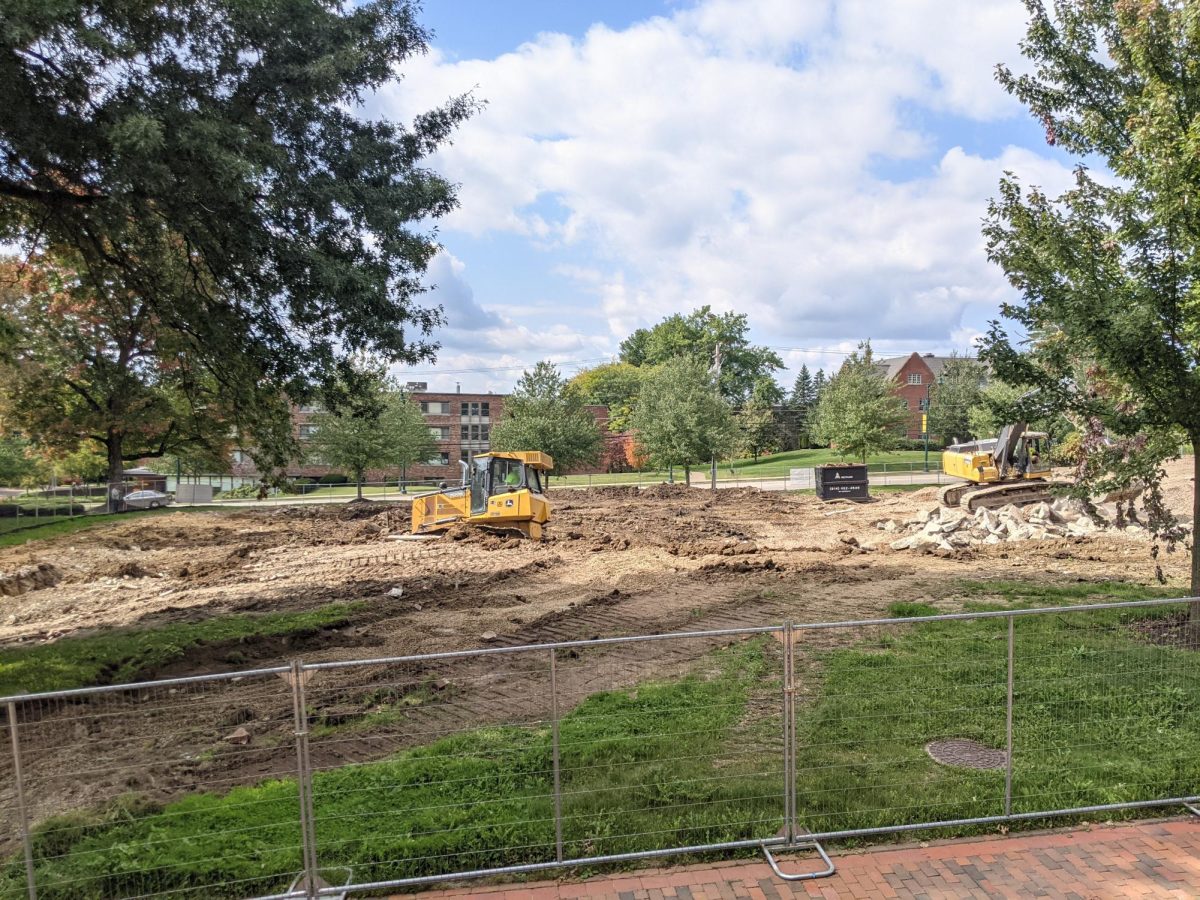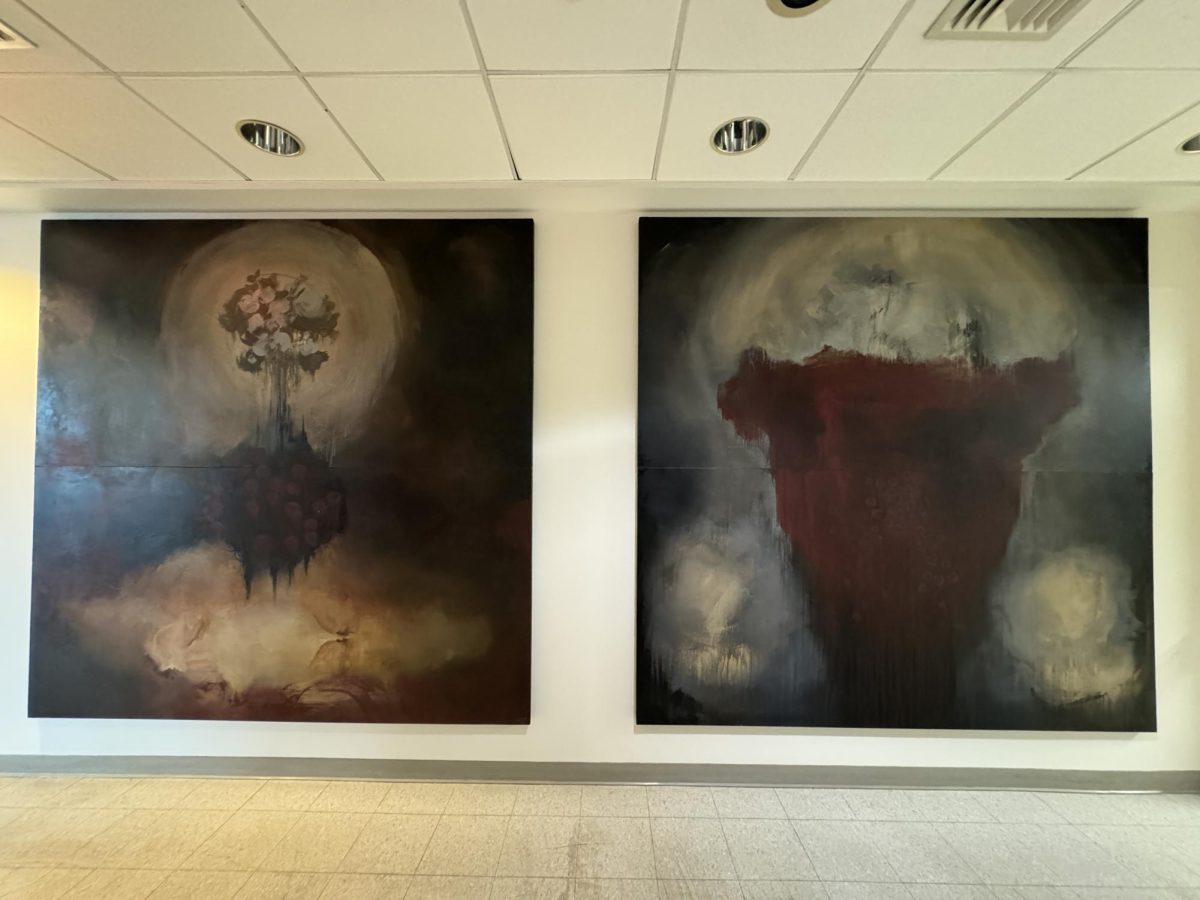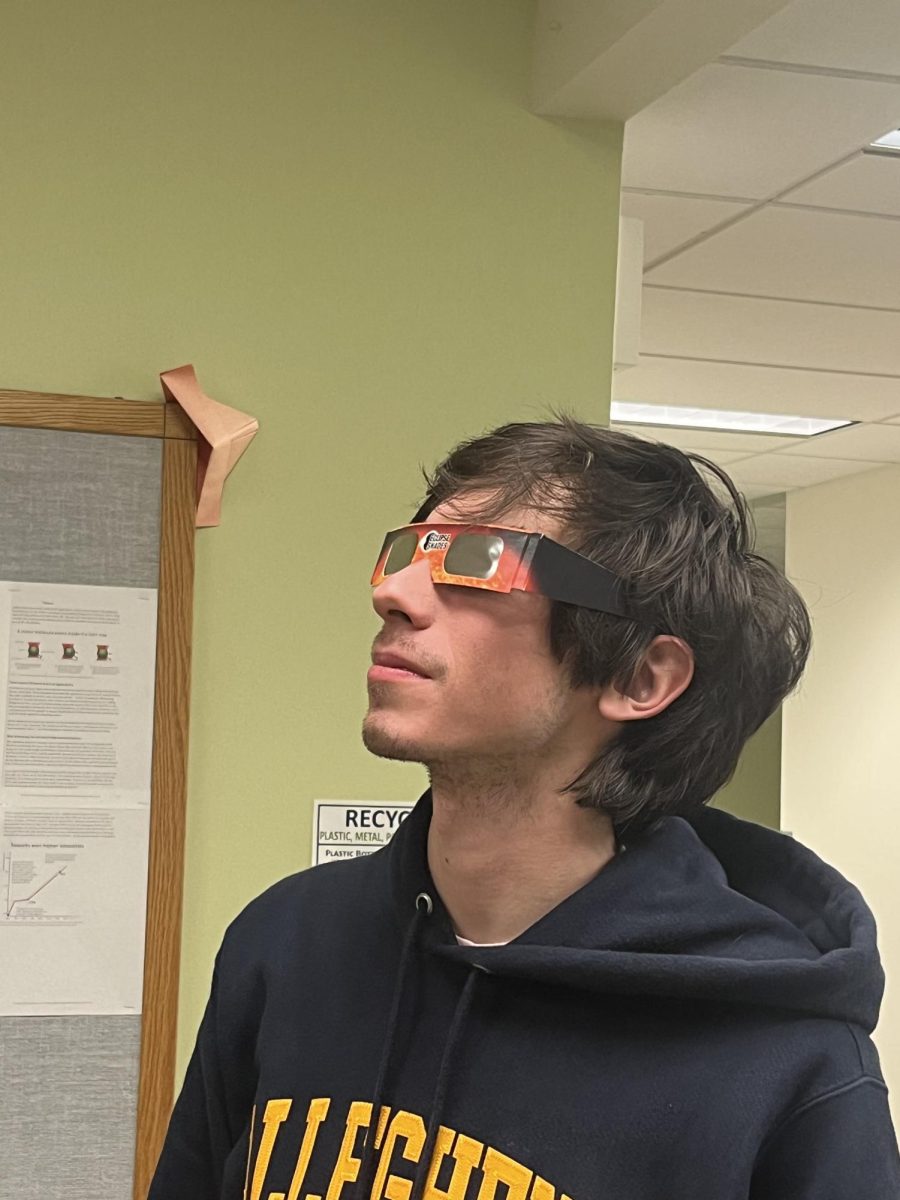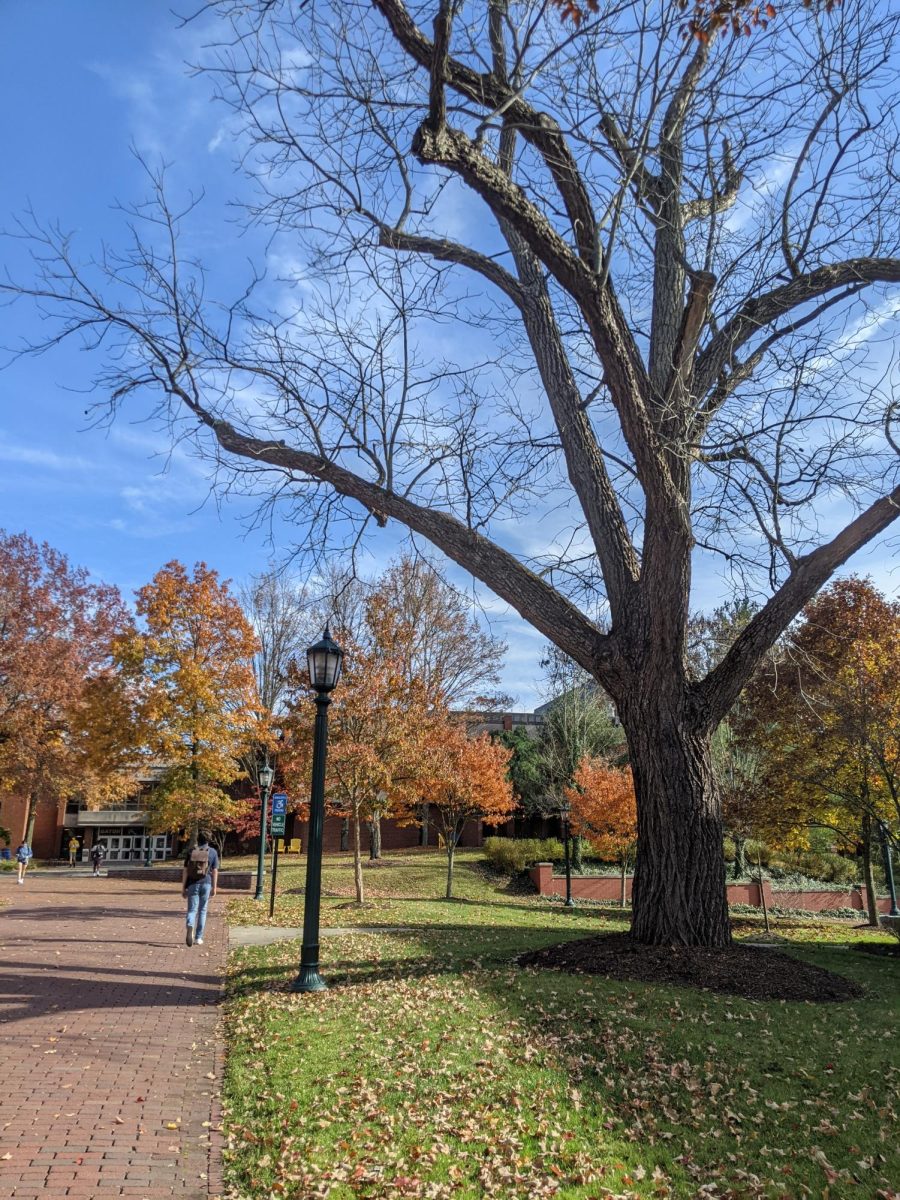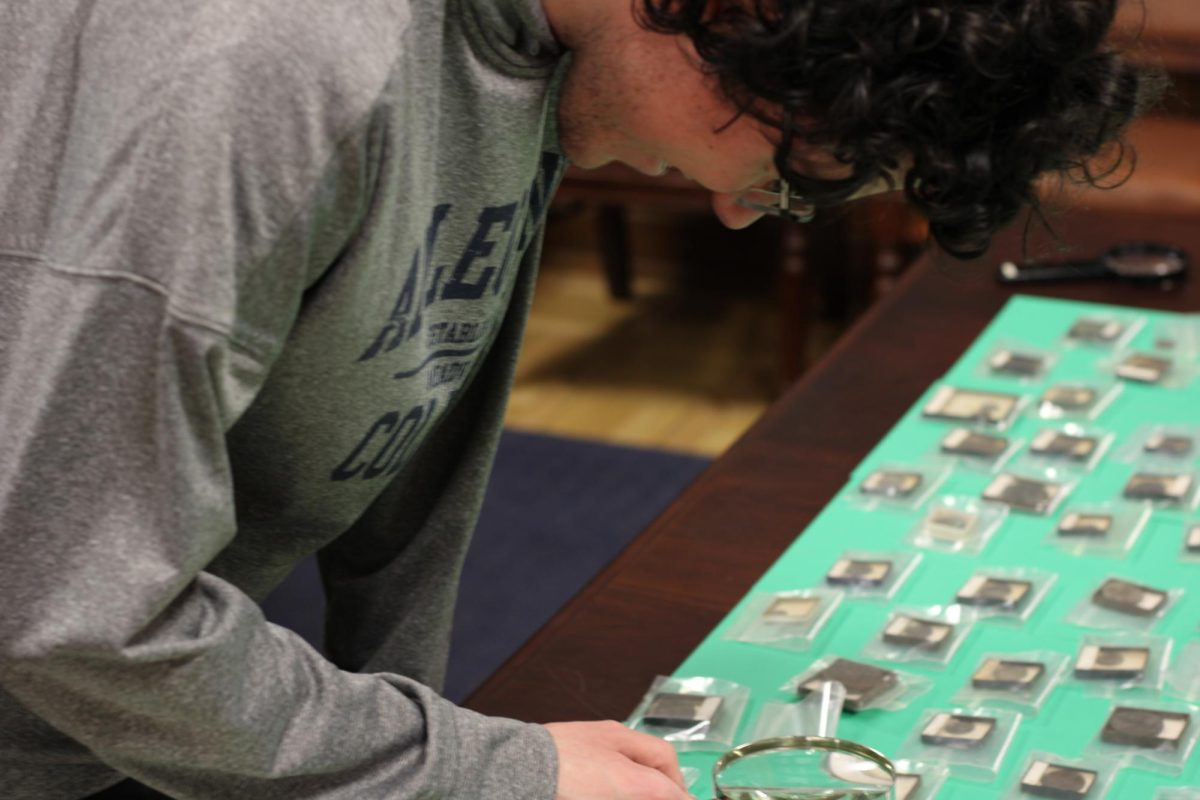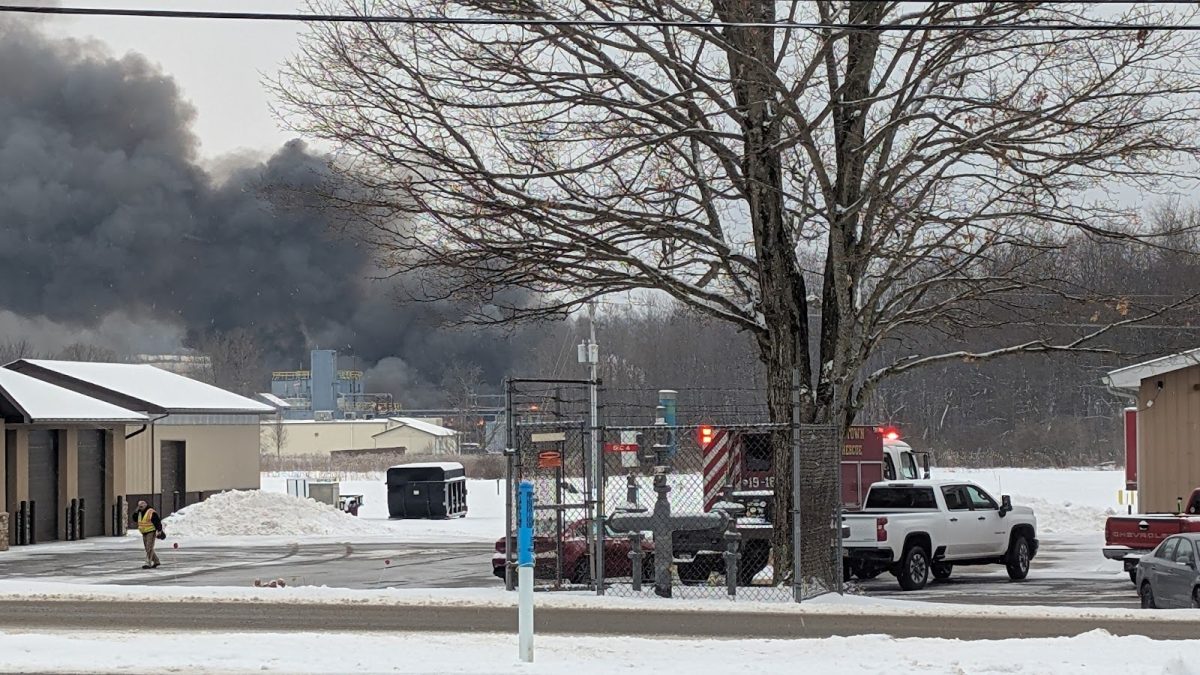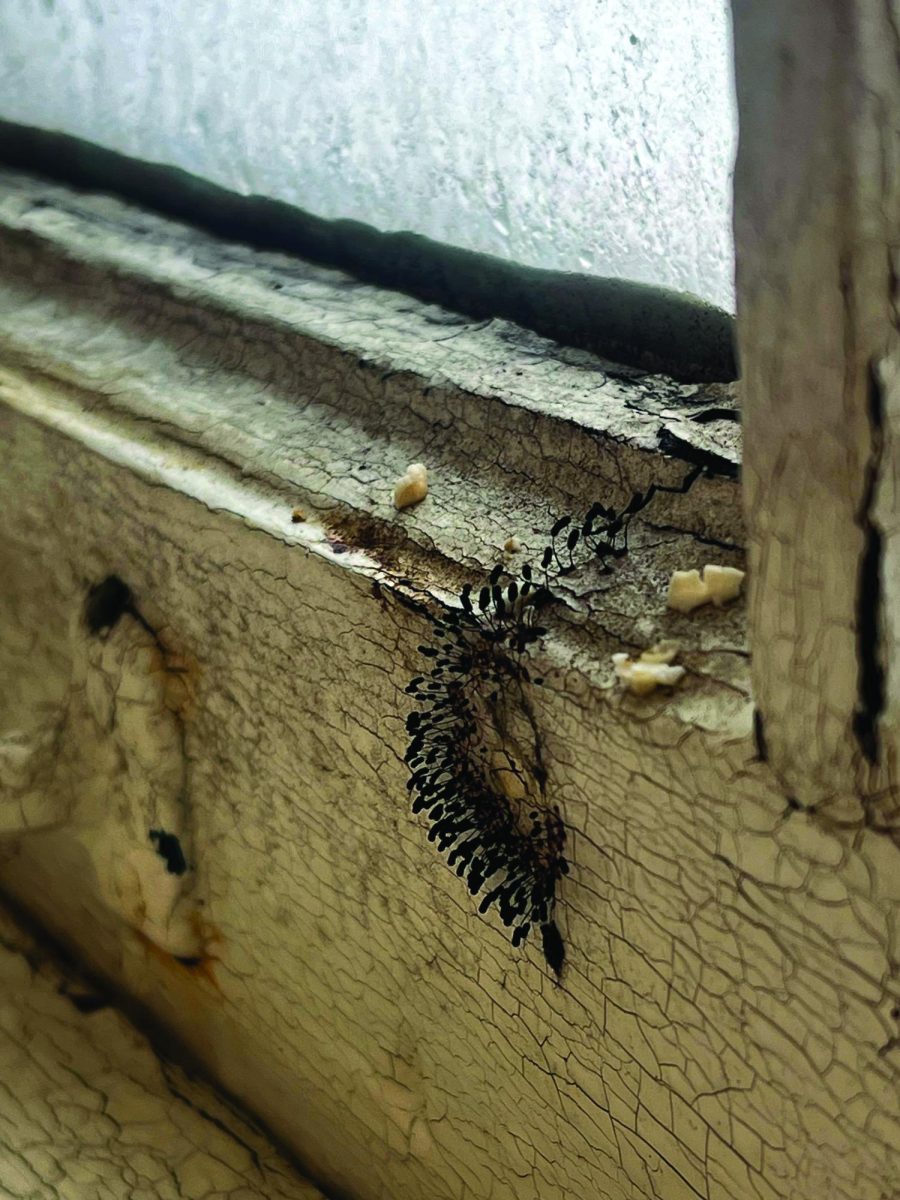On Aug. 10th of this year, demolition of Caflisch Hall began. The 90-year-old building was used to house upperclassmen and as Allegheny College’s enrollment decreases, there are a lot of empty beds and unoccupied space. That unused space could be used for better purposes, Dean of Student of Life Trae Yeckley said in a January article of The Campus.
Though this is the most recent, Allegheny has torn down buildings in the past. For example, the Wilcox Hall of Science was built in 1892 and served as the central science building with chemistry experiments happening in its basement. But, it was demolished in 1964 after the construction of Carr Hall.
Adelé Poynor, the chair of the Allegheny College Physics department, shared some insight about what happens to buildings over the years.
“It’s all going to depend on what the building is made out of,” Poynor said, “Buildings like the pyramids have been around for thousands of years. Old cathedrals too, those things are made out of stone. So, they are going to last a really long time without changing at all.”
More modern buildings have materials with different strengths and weaknesses.
“Concrete is really strong when you push it together, but it is not very strong when you pull it apart,” Poynor said. “That’s why the rebar is there, it holds in pressure in the ends so the bridge is stronger. If you look back at the concrete things that the Romans made, it all has arches.”
She continues, “An arch does the same thing. It’s very strong from pushing, and not very strong against pulling which is called tension.” Concrete arches, a common feature of Roman architecture, were one of the ways Romans ensured durability of a structure because all those concrete pieces pushing against one another made the structure last.
Building something and ensuring that it will last for the future depends on using the material correctly. “If you are going to make something out of wood that is not chemically treated, it will rot away a lot quicker,” Poynor said.
Allegheny has also had buildings get destroyed in fires. Culver Hall was erected in 1865 and burned down on Dec. 8. 1882 after a fire broke out. The wood building acted as a dormitory and students were not allowed to cook in it after previous incidents of small fires breaking out according to NW PA Heritage.
Sometimes, buildings are torn down because the systems within the building have become obsolete and it would cost too much to renovate the building to work better in the current age of technology — like Caflisch.
“The thing with that is that the structure is fine but you cannot go in and restructure all the wiring, the wiring that was put in when the building was built is not capable of handling modern means,” Poynor said. “Some of the off-campus housing we have were originally built in the ’40s as single-family dwellings. Back in the ’40s, people took one bath a week, so you would only need a tiny bit of hot water. Now, when we are using them for college students and they are showering daily, they are going to use way more hot water than the houses can handle.”
Some buildings just do not age well because the purpose they were built for then do not match the needs of the current time, according to Poynor.
“I think the buildings now are trying to serve the needs of now and that maybe in five or ten years we will need something, but it is hard to say what we will need 20 years from now”, she said.
Categories:
The science of how structures age
Why Allegheny College loses buildings, and what it means for the future
What was once the site of Caflisch Hall is now little more than a pit in the ground — though the dormitory is far from the only building to meet such a fate.
Story continues below advertisement
0
More to Discover
About the Contributor

Sami Mirza, Editor-in-Chief
Sami Mirza is a senior from many different places. He is majoring in International Studies with a focus on the Middle East and North Africa and minor in Arabic. This is his fourth year on staff and his second in the EIC position; he has previously worked on News and Features. When not writing, shooting, or editing for The Campus, Sami can be found playing a surprisingly healthy amount of video games, working the graveyard shift at Pelletier Library, and actually doing his homework.




